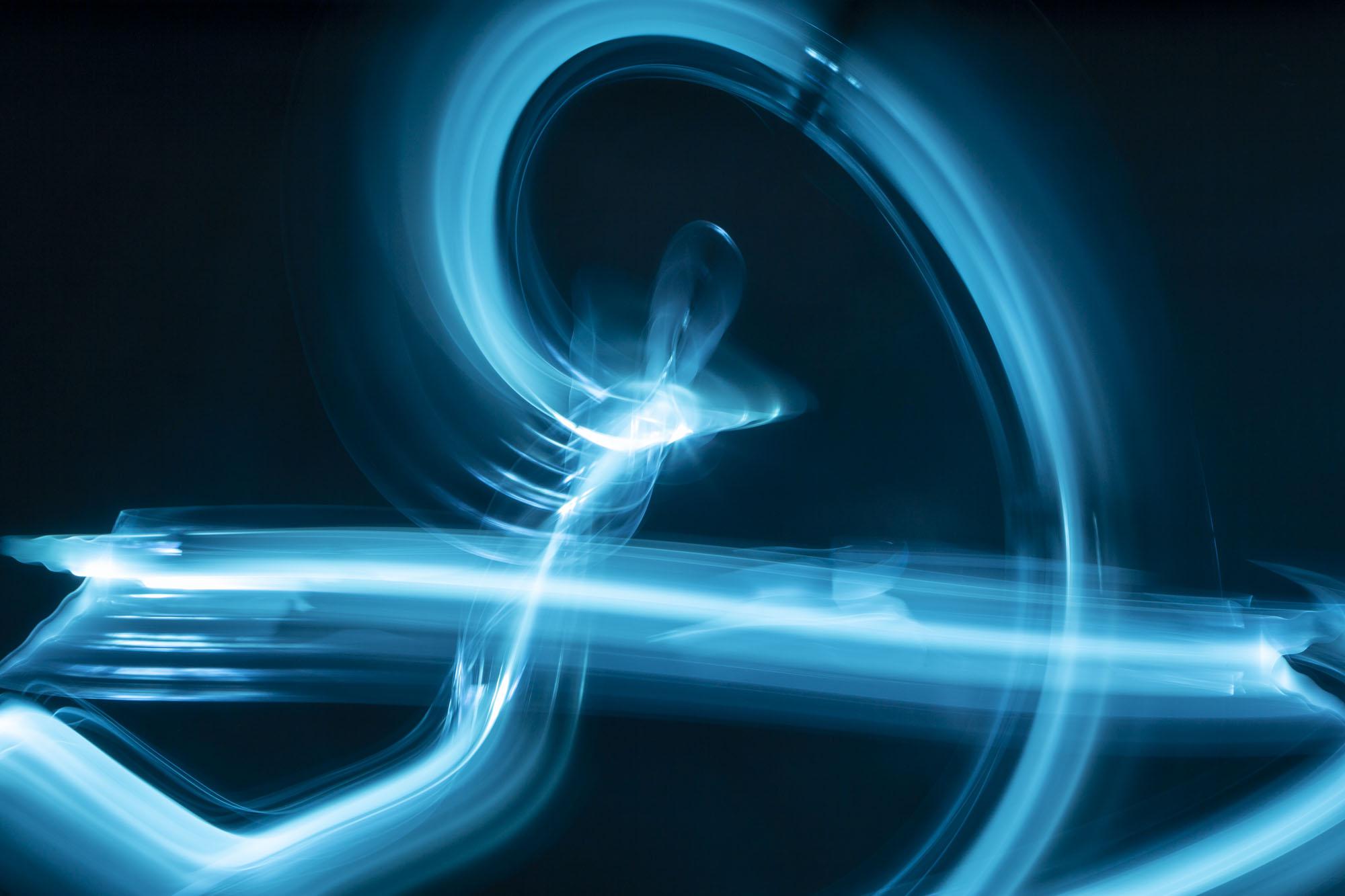
In creative portraiture, light is far more than technical necessity—it's emotional language.
Think about how a single candle can transform a dark room into something intimate and sacred. Or how the warm glow of the golden hour makes skin feel like silk and turns a quiet stare into poetry. These aren’t just pretty effects. They feel different. And that feeling—that subtle vibration in your chest—is what great lighting captures and conveys.
I use light as a brushstroke. Sometimes it's sharp and focused, bringing intensity and power. Other times it’s soft and diffused, casting a hush across the frame like a whispered memory. Each choice has weight. Each shadow speaks.
Bright, high-contrast light creates drama. It tells you something is happening—now. Think of film noir or editorial fashion—it’s tension, it’s intrigue.
Soft, diffused light? It’s vulnerable. It leans into honesty. It invites the viewer to settle in, to feel something instead of just seeing it.
Color matters too. Blues cool the scene, often invoking calm, mystery, or melancholy. Reds and oranges? They stir heat, energy, passion—or danger.
When I’m doing a light painting or a creative portrait, I’m not just adding visual interest. I’m building an emotional roadmap. The light trails, reflections, and glows—each one is intentional, each one tells part of the story that the subject may not even say out loud.
I start with the person, not the gear. Who are they? What are they going through? What energy are they giving off? I match the lighting to that—sometimes amplifying what’s already there, sometimes pulling out something hidden.
In light painting, I might draw with warm tones around someone who radiates joy or drape cool hues around a face lost in thought. Even the direction matters. Light from below can suggest mystery or surrealism. Light from behind? It frames the subject in solitude or power.
Next time you look at a portrait—mine or anyone’s—ask yourself not just what you see, but what you feel. And then ask: where is the light coming from? How does it touch the face? What color is it? What shadows are hiding the truth, and what highlights are revealing it?
Light doesn’t just shape what we see. It shapes how we remember the moment.
And that’s where emotion lives.